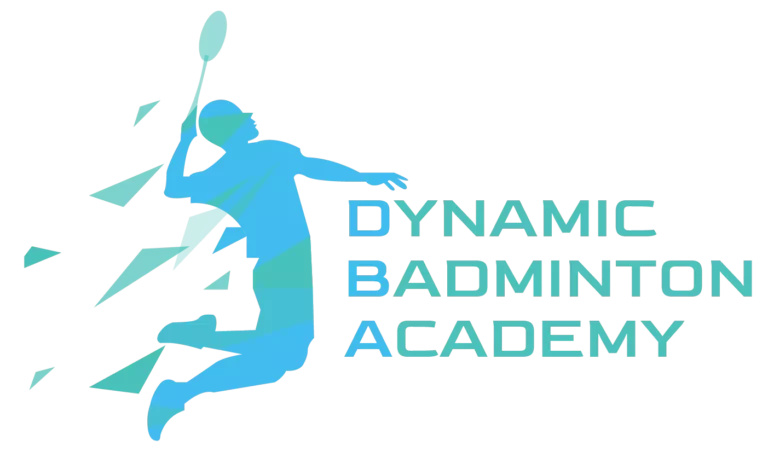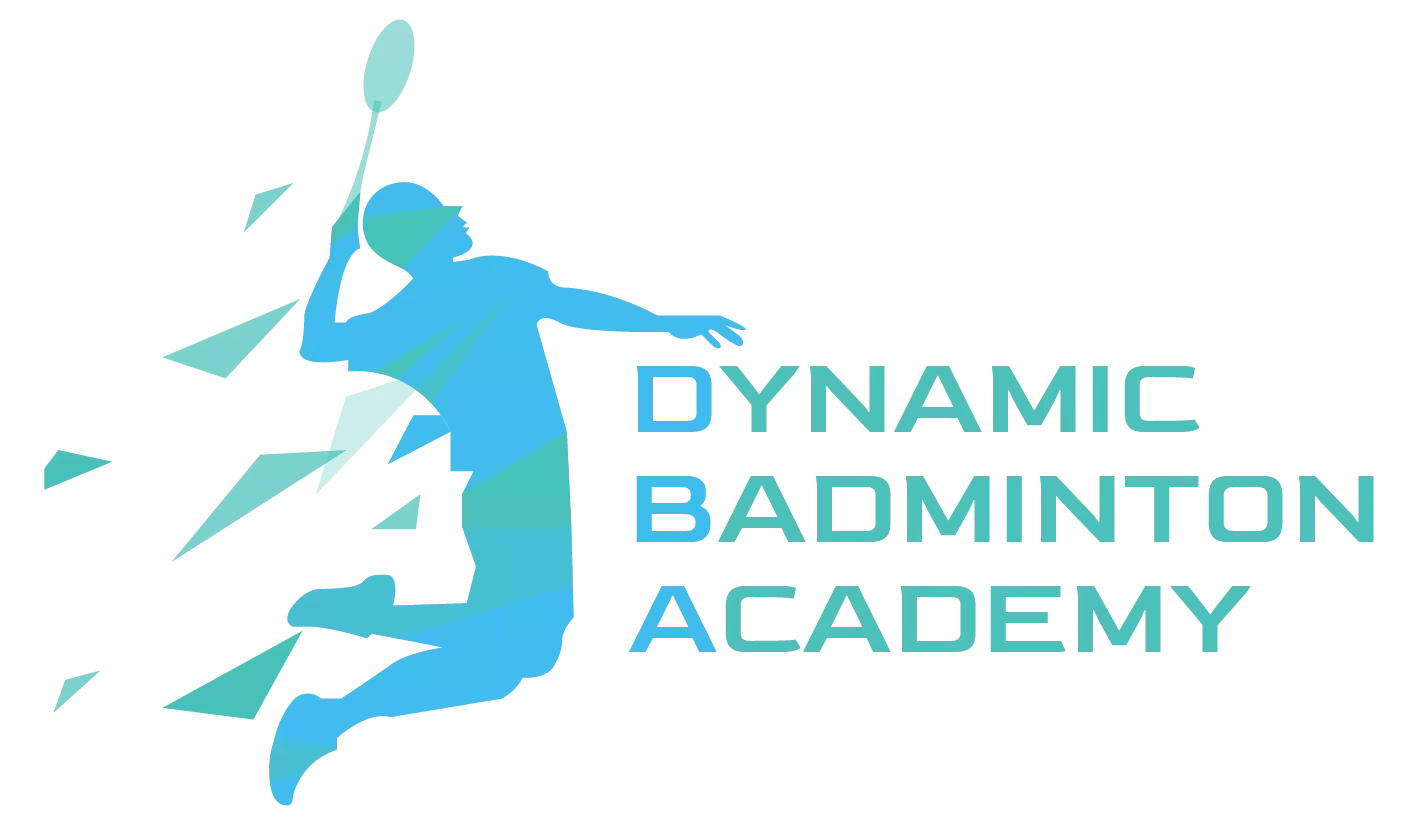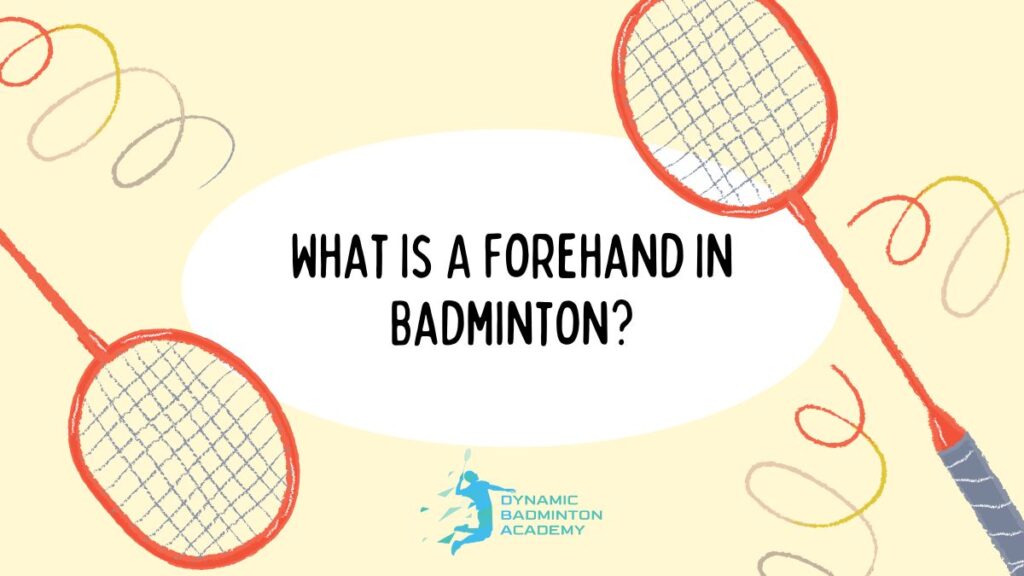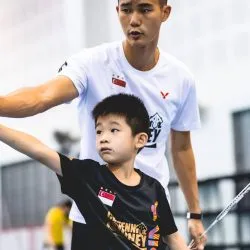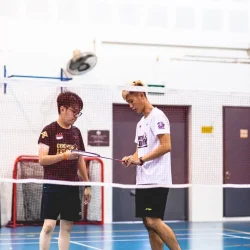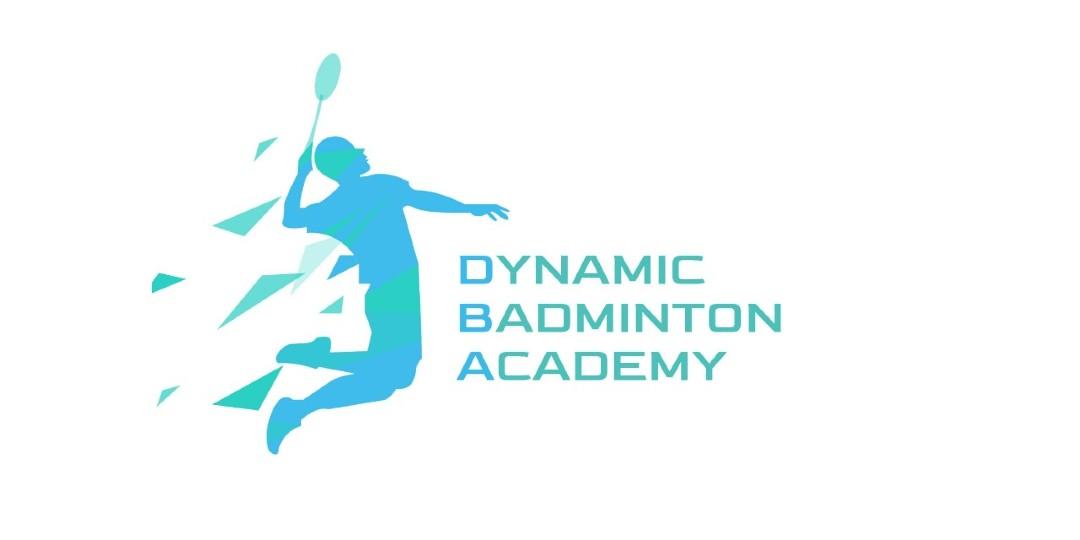What Is A Forehand In Badminton?
A forehand in badminton is one of the sport’s most fundamental and versatile strokes. It’s the movement where the shuttle is struck with the racket on the dominant side of your body, using an open stance and a motion similar to a tennis forehand. While it might sound straightforward, the forehand is far from just “hitting the shuttle from your strong side.” It’s an art form—where power, timing, and precision come together to control the rally and force your opponent into uncomfortable positions.
The Mechanics Of A Forehand In Badminton
A well-executed forehand begins with the correct grip. The basic forehand grip allows for flexibility, ensuring the racket face can adjust to different shuttle trajectories. Your stance is equally critical—standing too square to the net robs you of power, while being too sideways can slow your reaction time. The movement flows from your feet up through your hips, shoulder, and finally your arm, with a crisp follow-through to send the shuttle exactly where you want it. This kinetic chain means that even players with less upper-body strength can generate impressive power through good technique.
Why The Forehand Is So Important
The forehand is more than just a way to keep the rally alive—it’s a weapon. From powerful smashes to deceptive drop shots, the forehand offers a variety of offensive options. In fact, many professional players rely on their forehand dominance to control matches. It’s also essential defensively, enabling you to retrieve deep clears or counter an opponent’s attacking shot with a sharp block or lift. Without a reliable forehand, your court coverage becomes unbalanced, leaving openings for your opponent to exploit.
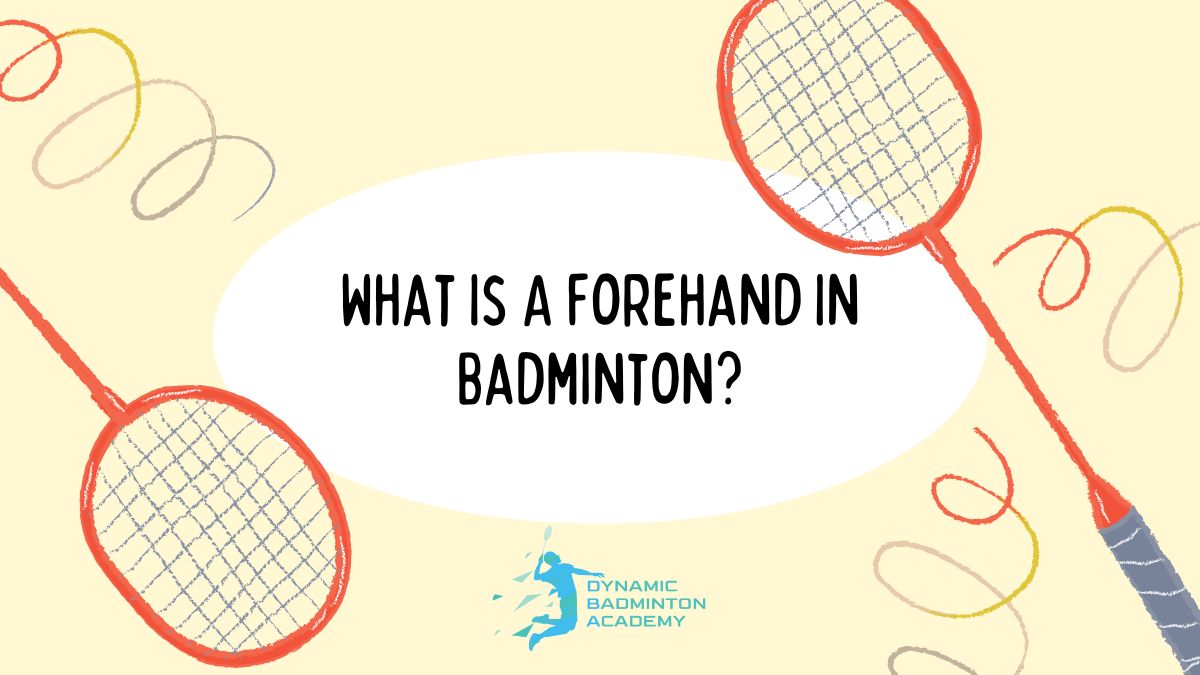
Common Mistakes When Playing The Forehand
One of the most frequent errors is overusing arm strength while neglecting the role of footwork and body rotation. This leads to slower shots and increased fatigue. Another mistake is telegraphing your shot—by winding up too early, you give your opponent time to prepare for the return. Gripping the racket too tightly is another culprit, as it restricts wrist movement and limits shot variety. At Dynamic Badminton Academy, players are trained to avoid these pitfalls by focusing on smooth, efficient motion that keeps opponents guessing.
Building A Powerful And Consistent Forehand
The key to a strong forehand is repetition under proper guidance. Shadow drills without the shuttle can help you refine movement mechanics before adding the pressure of real rallies. Once comfortable, multi-shuttle feeding drills simulate match conditions and force quick decision-making. Players are also encouraged to combine forehand shots with tactical thinking—for example, pairing a powerful cross-court smash with a sudden drop shot to force an opponent out of position.
The Role Of Footwork In Forehand Mastery
Your feet are the silent heroes of every good forehand. Without correct positioning, even the most technically sound swing will fall flat. Forehand shots often require side shuffles, lunges, or quick pivots to reach the shuttle in an optimal position. The difference between hitting the shuttle at the right height versus too low can mean the difference between a winning shot and giving away an easy return. Research in Singapore’s National Institute of Education found that integrating targeted footwork drills into training improves both shot quality and stamina on court.
Using The Forehand In Different Game Scenarios
In singles, a forehand smash can be a point-ender when timed correctly, while in doubles, the same shot can be used to create openings for your partner at the net. The forehand drop is equally lethal, drawing opponents forward before pushing them back with a clear. For defense, a forehand lift can turn the tables, giving you time to reset your position. Learning when to apply each shot type is what transforms a player from competent to confident.
Adapting The Forehand For Different Opponents
Against aggressive attackers, a controlled forehand block can disrupt their rhythm. Against patient rally players, mixing fast forehand drives with slower, deceptive shots can keep them guessing. At the higher levels, adaptability is key—your forehand shouldn’t be predictable but should instead serve as a canvas for creative shot-making. This adaptability is what separates advanced players from the rest of the court.
Why Mastering The Forehand Future-Proofs Your Game
Badminton styles evolve, but the forehand remains timeless. Whether it’s a power-focused singles game or a lightning-fast doubles rally, a reliable forehand ensures you can compete effectively. It’s not just about raw strength—it’s about the confidence that comes from knowing you can respond to almost any shot with a forehand variation.
Final Thoughts
A great forehand is more than just a strong shot—it’s a declaration that you’re in control of the rally. It’s the ability to set the pace, apply pressure, and dictate the flow of the game. By mastering grip, footwork, and timing, and by staying unpredictable, you can make your forehand one of the most feared tools in your badminton arsenal.
If you’re ready to turn your forehand into a match-winning weapon, explore our professional coaching and tailored training programs at Dynamic Badminton Academy. From mastering fundamentals to refining advanced techniques, our coaches are here to elevate your game to the next level.
Click on the link to find out more about Dynamic Badminton Academy. Chat with our Coach today!
About Us
Private Badminton Lessons
Kids Badminton Lessons
Group Badminton Lessons
WhatsApp Us
